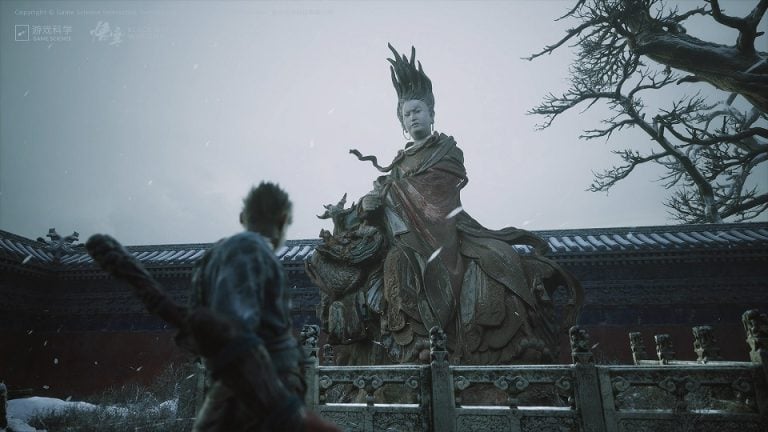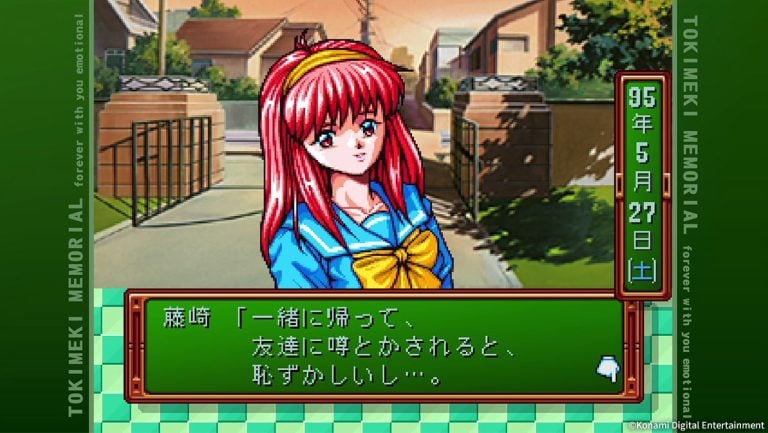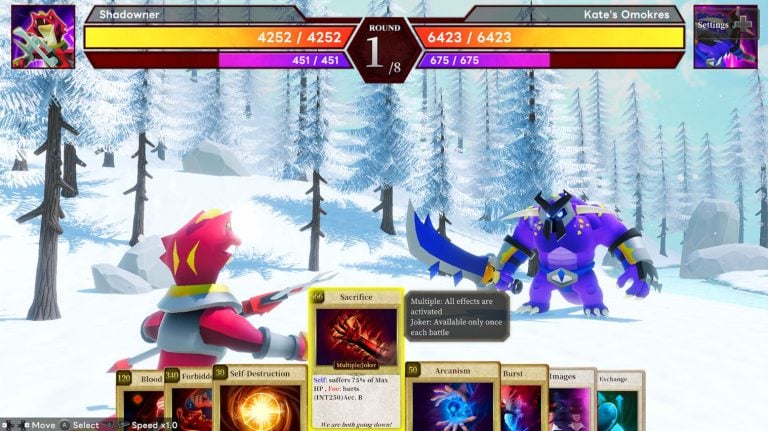Legendary game developer Shigeru Miyamoto recently shared some sage advice regarding the initial stages of game development.
In a recent conversation between Shigesato Itoi (best known outside Japan for the Earthbound/Mother series) and Shigeru Miyamoto on Itoi’s “Almost Daily Itoi Newspaper” website, the pair discussed game development in Nintendo’s early video game-making years. Itoi mentions that when Miyamoto joined the company, there were no employees who specialized in creating dot pixel artwork, so Miyamoto just did the character designs himself. Miyamoto adds that he also designed the arcade cabinets. He explained that eventually Nintendo hired young people who were good at design aspects, so he left that part of the work to them. He states that he was glad that he did the design work himself in the early days when Nintendo didn’t have such specialized staff.
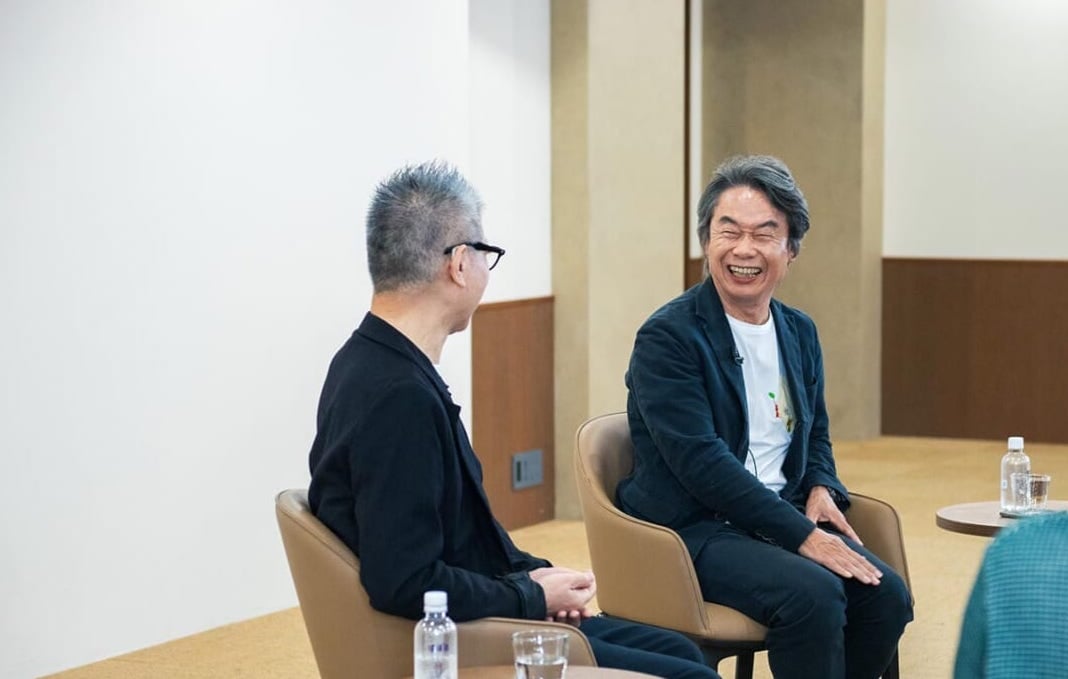
In the interview, Miyamoto states that he consciously replicates old ways of working even today, emphasizing that it is important to start out with a small team of “no more than 30 people.” This rule also applies to big budget titles where the team might grow to 100 or 200 people in the end.
When starting to make a game, it might be tempting to work on the artwork or scenario first for world-building purposes. However, Miyamoto advises against getting artists and designers involved at the initial stages. He explains that if you ask a designer to design a character for you, this takes a lot of time.
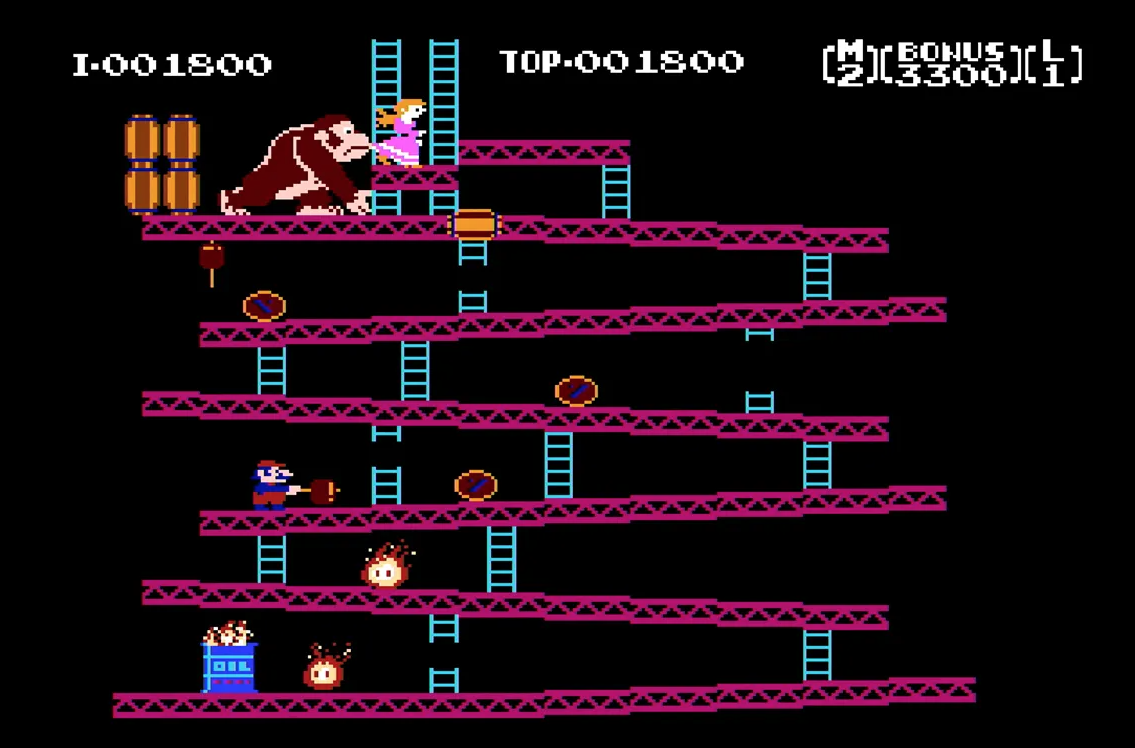
The early stages of making a game involve a lot of experimenting with what works and what doesn’t. Miyamoto advises making quick placeholder images yourself or even making prototype with existing images. This way, you can immediately experiment on the spot and get a rough idea of how it works. However, if you have to wait for a designer to create images and do the layout, and then get a programmer to program it, the whole process “takes about 2 days, even if you do it in a hurry.”
Miyamoto explains that this is a less wasteful way to develop a game. Keeping the initial team small not only cuts down on development costs but also frees you up to experiment. If you spent a lot of time and effort on design work in the initial stages, you might feel you must use something even if it didn’t work well. However, working with a small team for the first few years gives you the flexibility to experiment without worrying about wasting valuable assets.
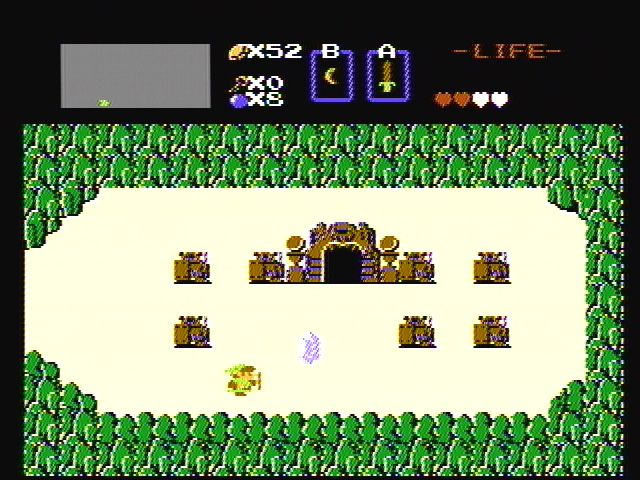
Miyamoto also emphasizes that having a small core team makes decision-making easier. He states that it is important to have a director who makes the big decisions and that it is vital for that person to have a “clear vision.” Miyamoto states that it is easier for decisions to be made in a small team with one person in charge. Miyamoto observes that the person in charge tends to make vague statements if there are many people in the team, which makes it harder for decisions to be made. Miyamoto states that it is important for a game director to ask themselves “How much can I do by myself?” and then expand the team accordingly.
On X, some Japanese game creators expressed agreement with Miyamoto’s words. Hiroyuki Matsumoto, who has worked on character modeling for CODEVEIN and the Granblue Fantasy festival, posted under his X username of @DrunkenAndo that it’s best to eliminate scenario and art from the initial game design process. He added that “It’s great that Mr. Miyamoto is saying this because sometimes the people with decision-making power on big projects only look at the art.”



